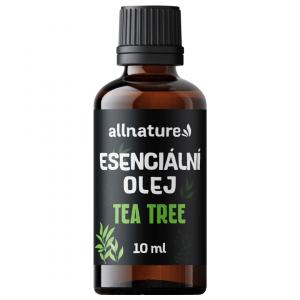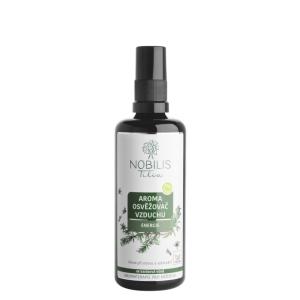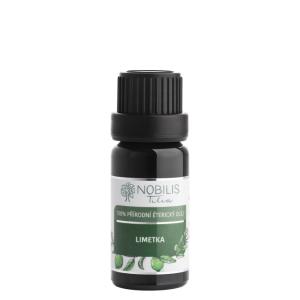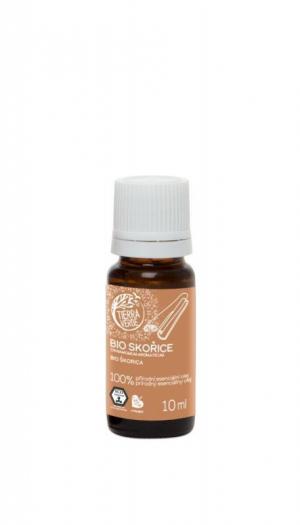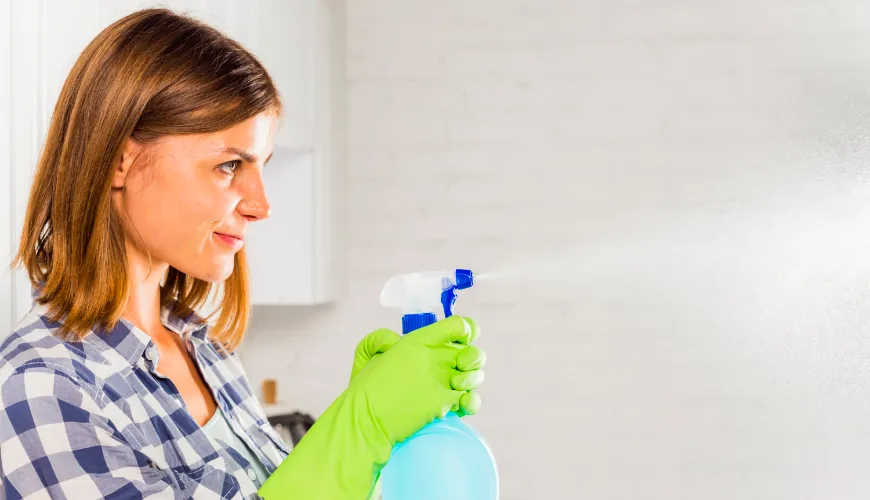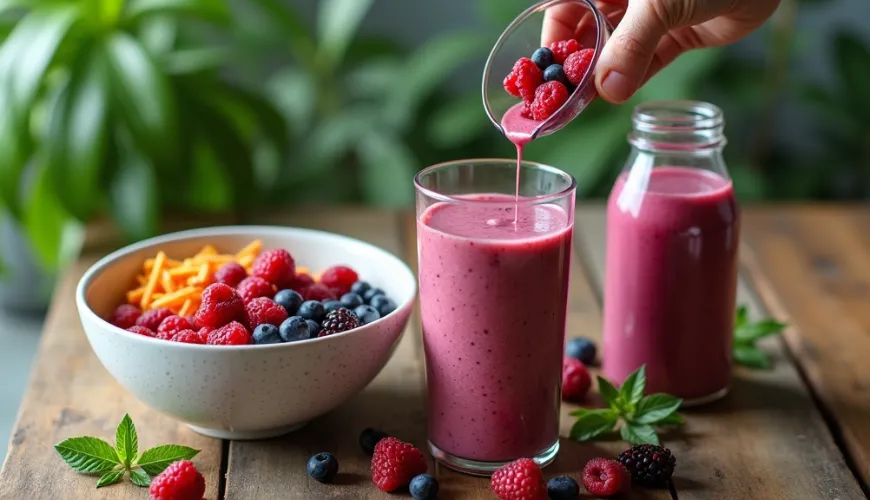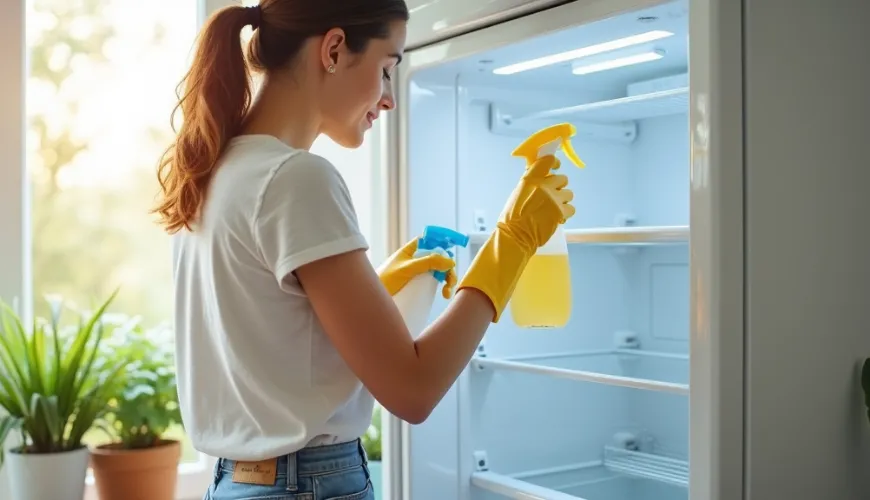
How to Clean a Hairbrush Effectively and Easily at Home

How to Properly Clean a Hairbrush - Simple Tips That Work
We diligently wash, style, and comb our hair every day, but the care for the tools we use is often overlooked. The hairbrush is a daily ally of our hygiene and beauty, and its regular cleaning significantly impacts not only the quality of brushing but also the health of our hair and scalp. Residues of dust, sebum, hair products, and loose hairs – these all quickly accumulate in the brush, and if we don't clean it, we are reintroducing these impurities back into freshly washed hair.
Let's take a look at how to clean a hairbrush, whether it's plastic, metal, or wooden, and why it's important to adapt the cleaning method to the brush material.
Why is cleaning the brush so important?
Every stroke of the brush transfers residues of skin oil, dead skin cells, dust, pollen, and not least styling products like mousses, hairsprays, or oils onto its bristles. If the brush isn't cleaned for a long time, it can become a breeding ground for bacteria and mold. These then come into contact with the scalp with every use and can contribute to irritation, itching, or even worsening hair problems.
From a hygienic standpoint, a clean brush also has practical significance – it ensures smooth brushing without pulling, saves the ends, and evenly distributes natural oils from the scalp along the entire length of the hair, which is especially important for dry or curly hair types.
How often should you clean the brush?
Ideally, we should remove hair from the brush after each use and give it a more thorough cleaning once a week. If you use a lot of styling products or have long, thick hair, you may need to clean the brush more often. Wooden brushes deserve a gentler approach – their cleaning interval should be adjusted to how quickly they get dirty, ideally once every two weeks.
Step-by-step Guide to Cleaning a Hairbrush
Regardless of the brush material, the first step is always removing hair residues. This is best done with a comb with narrow teeth or an old toothpick. For tightly trapped hair tufts, tweezers can also help. Then it's time for deep cleaning.
Cleaning a Plastic or Metal Brush
These materials can withstand water and cleaning agents. A natural method is a great choice – baking soda and vinegar. Simply fill a bowl with warm water, add a tablespoon of soda and a bit of vinegar. Submerge the brush bristles-down and let it sit for about 20 minutes. Then rinse the brush under running water and allow it to thoroughly dry bristles down so that water doesn't remain in the handle.
This method is especially effective if you're interested in how to clean a brush of dust – soda acts as a mild abrasive to help release small impurities, while vinegar has antibacterial properties.
How to Clean a Brush with Baking Soda
If you want to avoid vinegar (perhaps due to its smell or sensitivity to acidic environments), you can use baking soda alone. Add two tablespoons of soda to a bowl of warm water, mix well, and immerse the brush in a similar manner as above. For greater effectiveness, you can also gently scrub the brush with an old toothbrush or a nail brush.
This method is ideal for anyone looking for a gentle and natural alternative to common cleaning products. Baking soda is non-toxic, inexpensive, and extremely versatile.
How to Clean a Wooden Hairbrush?
Wooden brushes require special care because their surface can swell, crack, or warp when exposed to water for extended periods. So if you're wondering how to clean a wooden hairbrush, forget about soaking. Instead, use a damp cloth with a little mild soap or soda. Carefully wipe the bristles and the body of the brush, then rinse the cloth and wipe the brush again with clean water.
For hard-to-reach areas between the bristles, a cotton swab or the aforementioned toothbrush can be helpful. After cleaning, dry the wooden brush with a dry cloth and store it in an airy place bristles down. Never expose it to direct sunlight or heating – there's a risk of wood deformation.
Natural Alternatives and Home Remedies
In addition to soda and vinegar, you can also rely on olive oil soap, gentle eco-friendly products, or herbal decoctions like chamomile and rosemary, which have natural disinfectant and soothing effects. Such methods are especially suitable for brushes that come into contact with the delicate skin of children or sensitive adults.
In your home, you might have everything you need for eco-friendly cleaning at hand – for example, coconut oil is great for cleaning wooden parts of the brush, while also being antibacterial and conditioning the wood. Again, the rule applies: less is more. Even natural substances can cause more harm than good if used incorrectly.
Practical Tip - What Does a Hairdresser Recommend?
An experienced hairdresser from a Prague bio salon shared: “Once a week, I clean brushes in a mixture of water and a few drops of tea tree oil. It kills bacteria and leaves the brush fresh. After cleaning, I always let the brush dry naturally. This is key – otherwise, mold can develop."
Natural essential oils, like tea tree or lavender, not only add cleaning capabilities but also a pleasant scent. Just be careful with the amount – a few drops per liter of water are enough.
Try our natural products
What to Do If the Brush Won't Clean?
If, despite all the care, you can't clean the brush, or it has bristles stuck together with styling product residues, it might be time for a replacement. Especially cheap plastic brushes become so clogged over time that cleaning them is difficult and not entirely effective. In such cases, invest in a higher quality model, ideally made from natural materials – for example, brushes with boar bristles or a combination of wood and natural rubber are not only more effective at brushing but also easier to maintain.
And how to avoid such contamination next time? Simply: regular maintenance, dry storage, and limiting the use of sticky hair products.
Taking care of a hairbrush may seem like a small detail in the daily routine, but such details often make a difference. A clean brush is the foundation of healthy hair, whether you have a bob, ponytail, or loose waves. Spending a few minutes a week on it will pay off – not only in the form of cleaner hair but also more pleasant brushing and longer brush lifespan.

